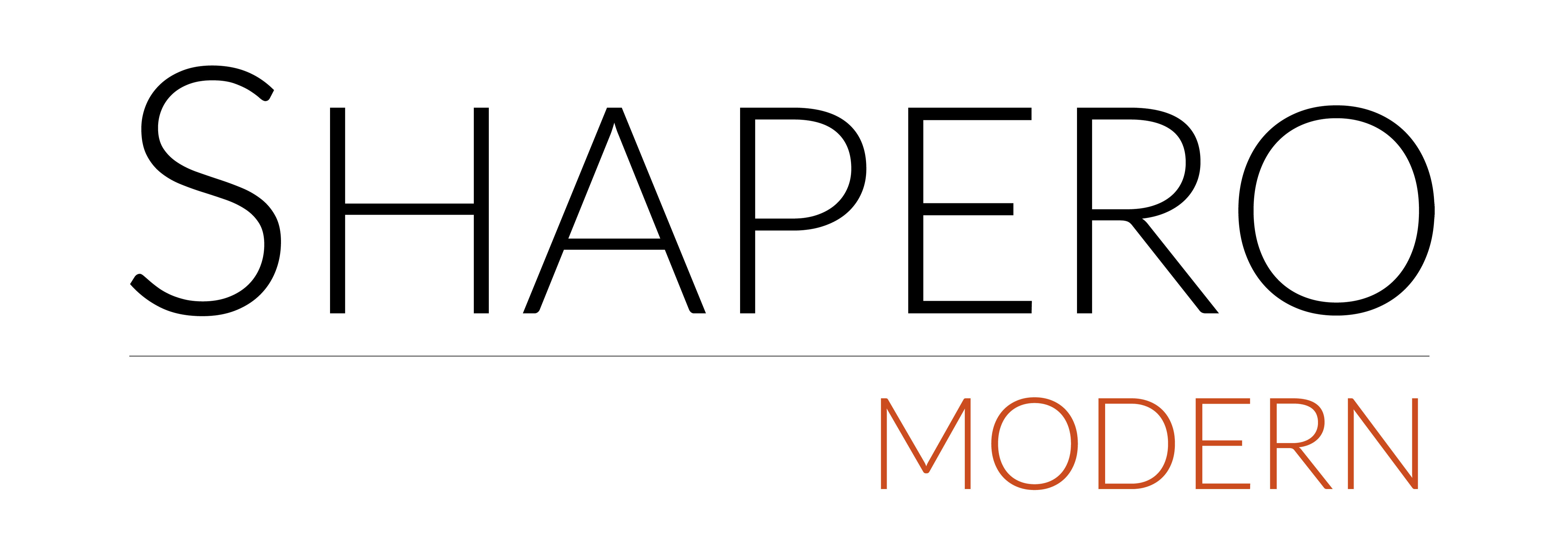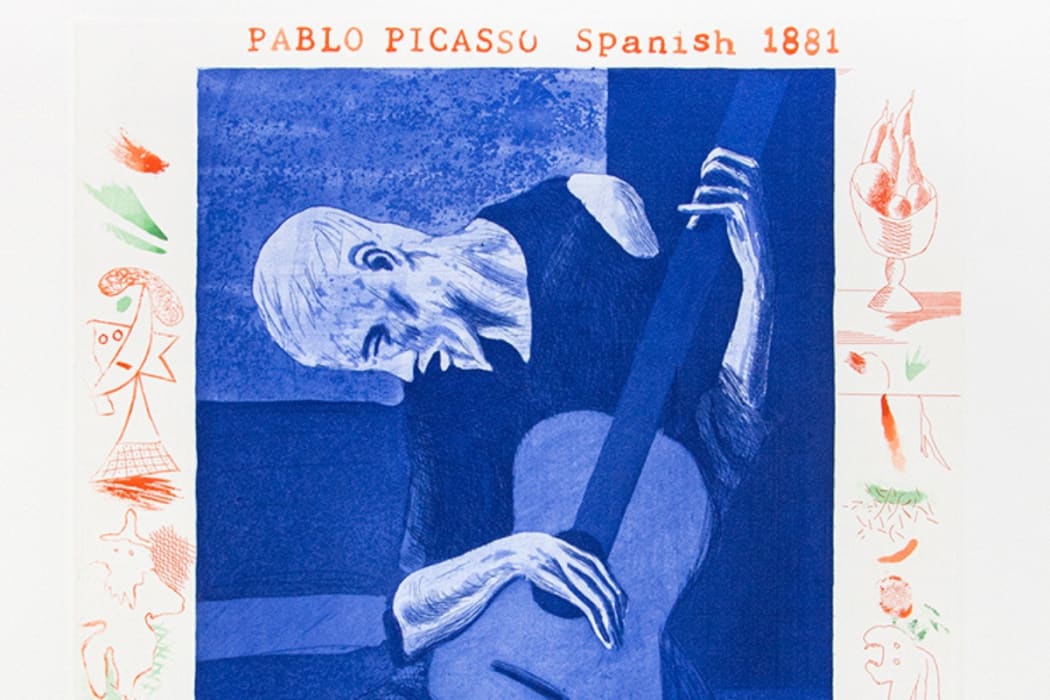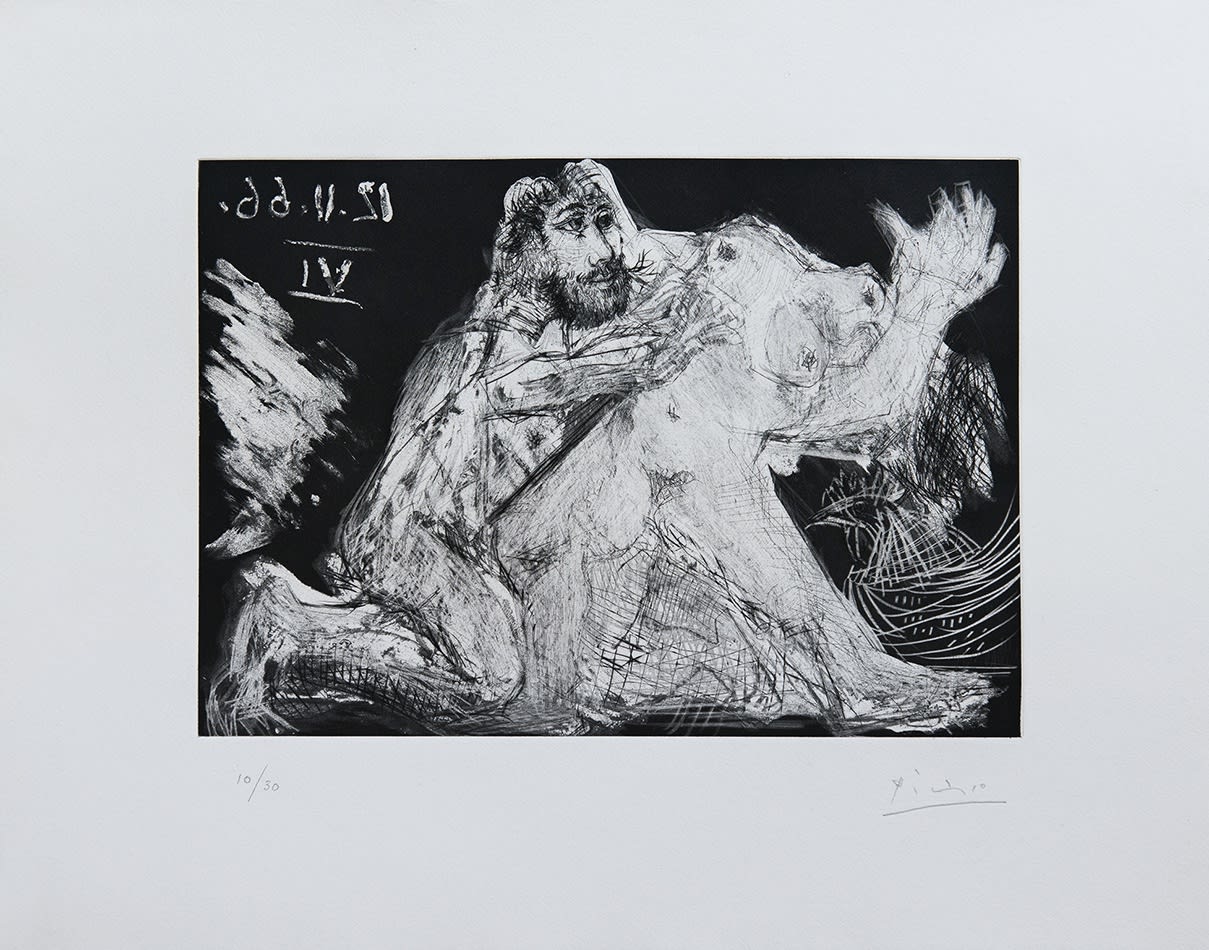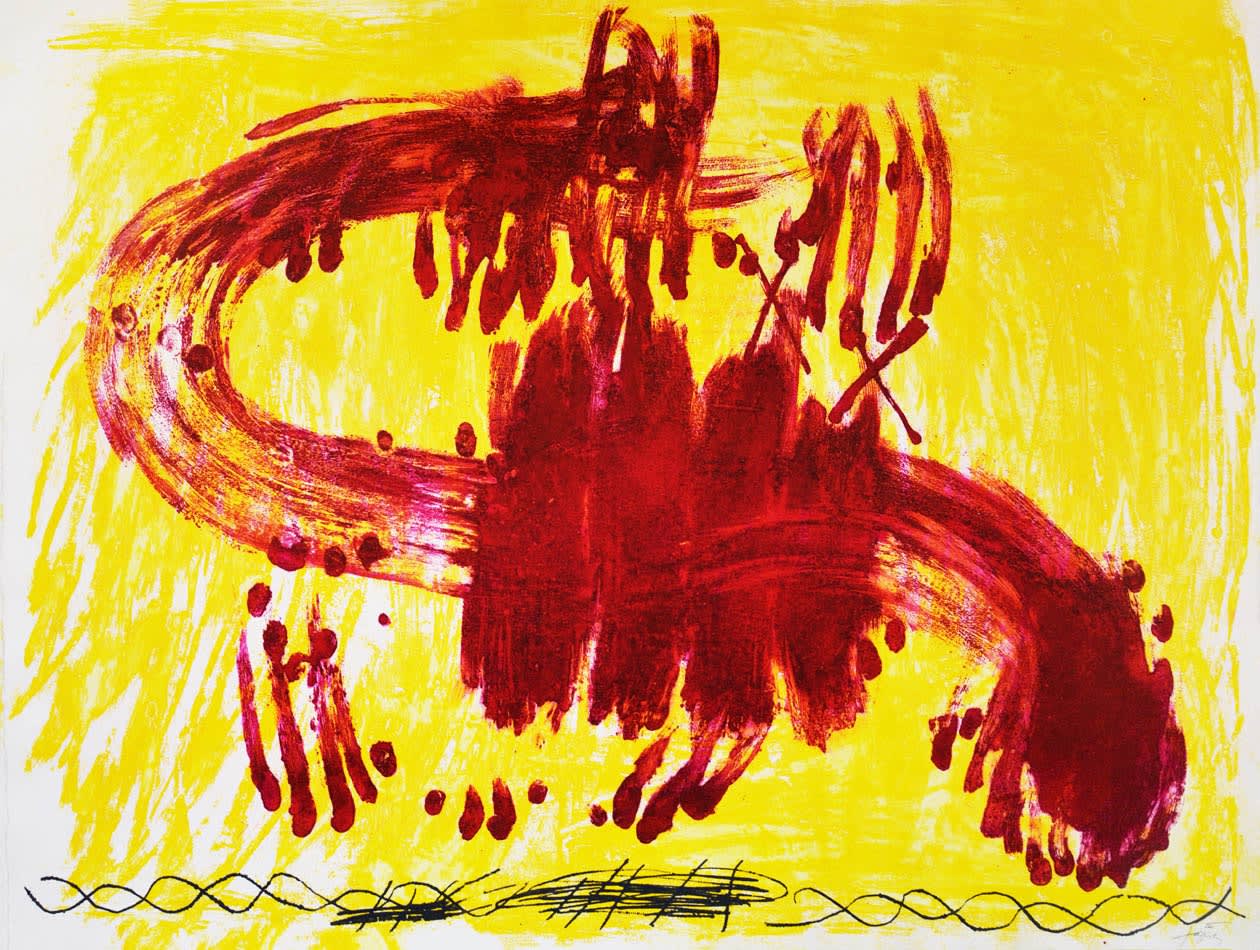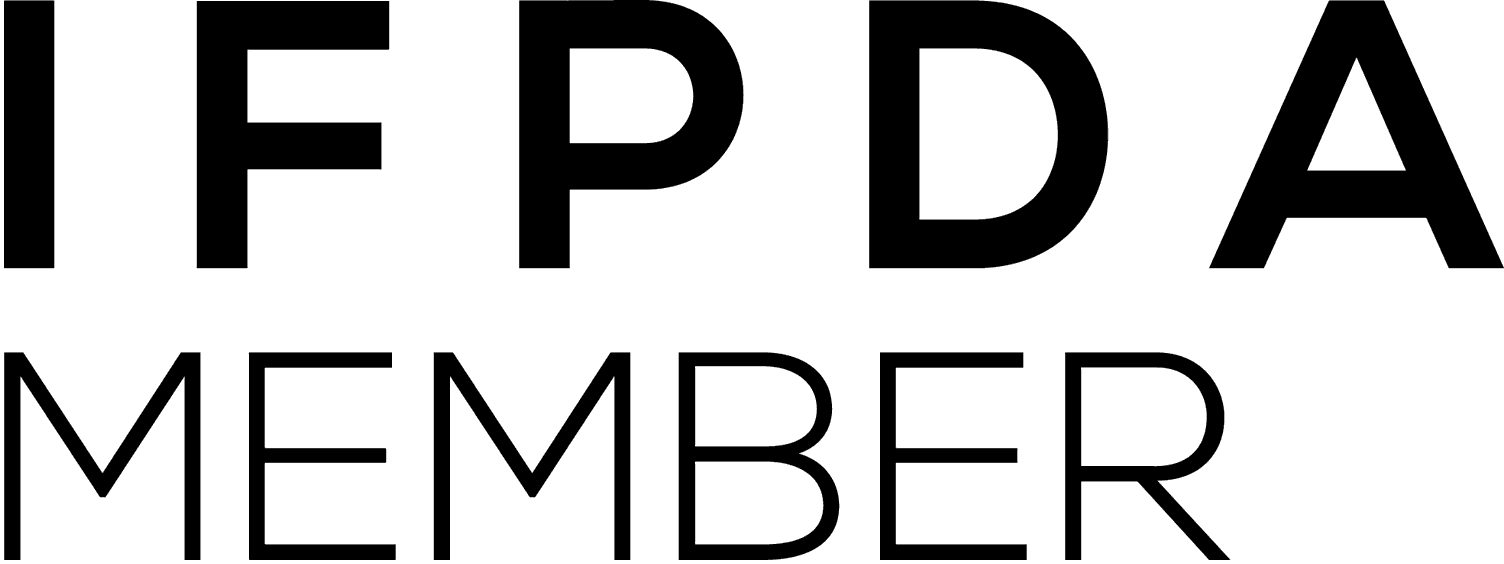About us
Shapero Modern specialises in Modern & Contemporary prints, multiples and works on paper, with a particular focus on American 20th-century art all of which are available to buy from our website as well as our gallery on Maddox Street in Mayfair.
The gallery runs a programme of selling exhibitions from both primary and secondary market artists, with six exhibitions per year, including collaborations with contemporary living artists as well as masters of 20th-century post-war editions including Frank Stella, Andy Warhol, Roy Lichtenstein, David Hockney, Claes Oldenburg, Alex Katz, Pablo Picasso and Joan Miró.
Shapero Modern exhibits at major international Art Fairs worldwide, including TEFAF Maastricht, Frieze Masters, Masterpiece London, Art Miami, the IFPDA Fine Art Print Fair and the London Original Print Fair at Somerset House. Meantime, Tabitha and her team are on hand at Shapero Modern’s Mayfair gallery in the heart of London to advise on all aspects of the art market and collecting.
